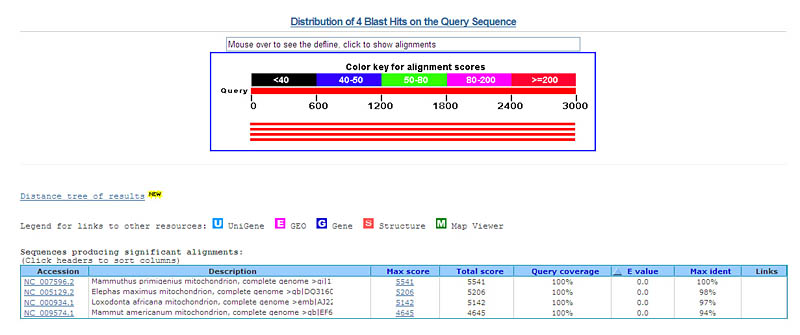

obtusiloba were used to develop low-copy nuclear primers, and these primers were cross-amplified in other Lindera Thunb. In this study, the transcriptome data of L. ( 2015) developed eight primers using 100 expressed sequence tag (EST) markers of Ericaceae, and the phytogeny of Shortia Raf. Transcriptome sequences are widely used in studies of plant evolutionary history (e.g., Ai et al., 2015) and can be used for development of low-copy nuclear primers ( Bai and Zhang, 2014). benzoin (L.) Blume ( Edwards and Niesenbaum, 2007) therefore, in this study, we aimed to design species-specific low-copy nuclear primers for L. melissifolia (Walter) Blume ( Echt et al., 2006) or L.


The nuclear microsatellites used in Ye et al. ( 2017), limiting a detailed evolutionary history inference within each floral region. Only four chloroplast fragments and six nuclear microsatellites were used in Ye et al. obtusiloba genealogies that were probably triggered by the intermediate arid belt ( Ye et al., 2017), providing a perfect system to investigate the floral subdivision of the East Asian Tertiary relict flora and the effect of the west-east–oriented arid belt. Lindera obtusiloba Blume (Lauraceae) is a deciduous plant distributed in both northern and southern floral regions of the Tertiary relict flora in East Asia ( Donoghue et al., 2001 Milne and Abbott, 2002). The 27 primers developed here will be useful for evolutionary studies of L. Conclusions: This methodology is effective for development of low-copy nuclear primers.glauca up to 15 primers were successfully amplified in these related species. These primers were also cross-amplified in L. The nucleotide diversity ranged from 2.11 × 10 −3 to 8.99 × 10 −3, and haplotype diversity ranged from 0.57 to 0.97. Twentyseven primers were obtained and were used to investigate genetic diversity in 90 individuals from 24 populations. Agarose gel electrophoresis and Sanger sequencing were used to select low-copy nuclear genes. obtusiloba transcriptome greater than 800 bp in length were randomly chosen for initial design of 168 primers. Methods and Results: Unigenes of the L.Premise of the study: To investigate a more detailed evolutionary history of Lindera obtusiloba (Lauraceae) and other Lindera species, polymorphic low-copy nuclear primers were developed.


 0 kommentar(er)
0 kommentar(er)
